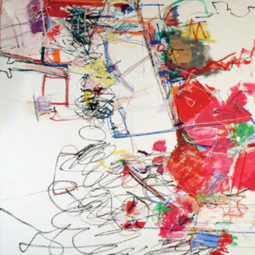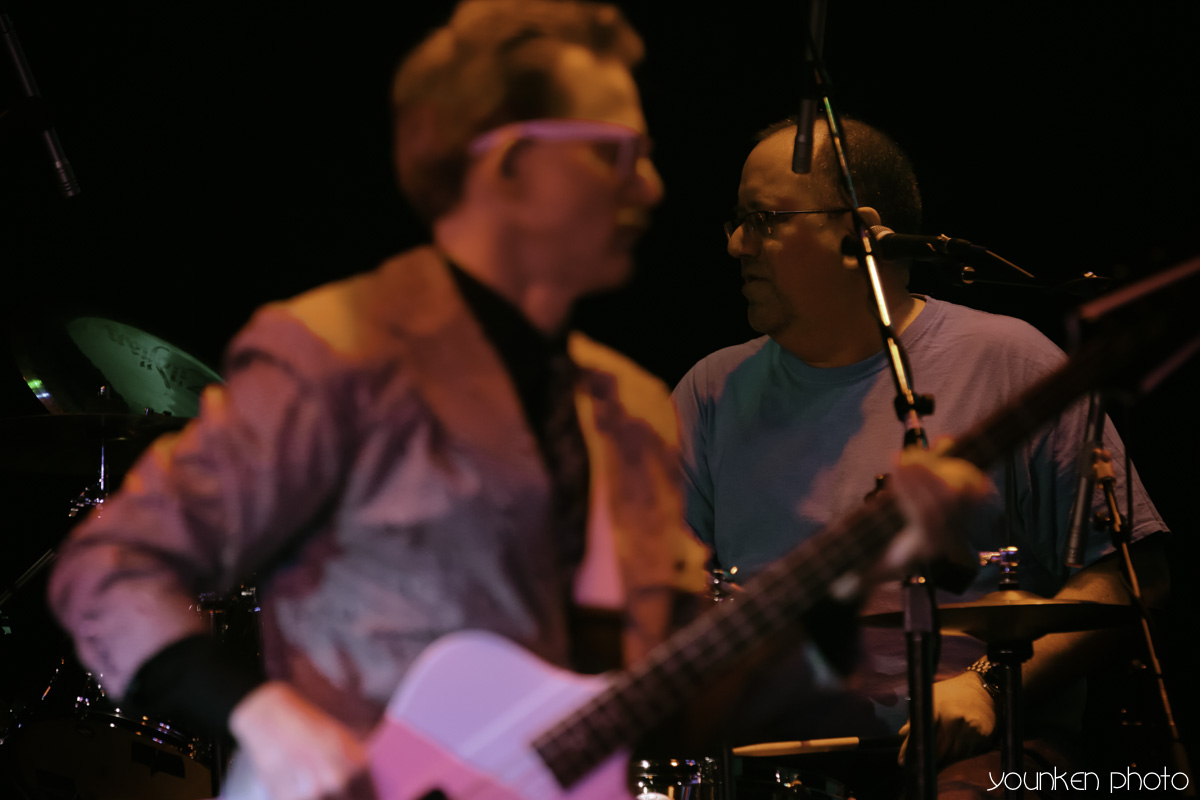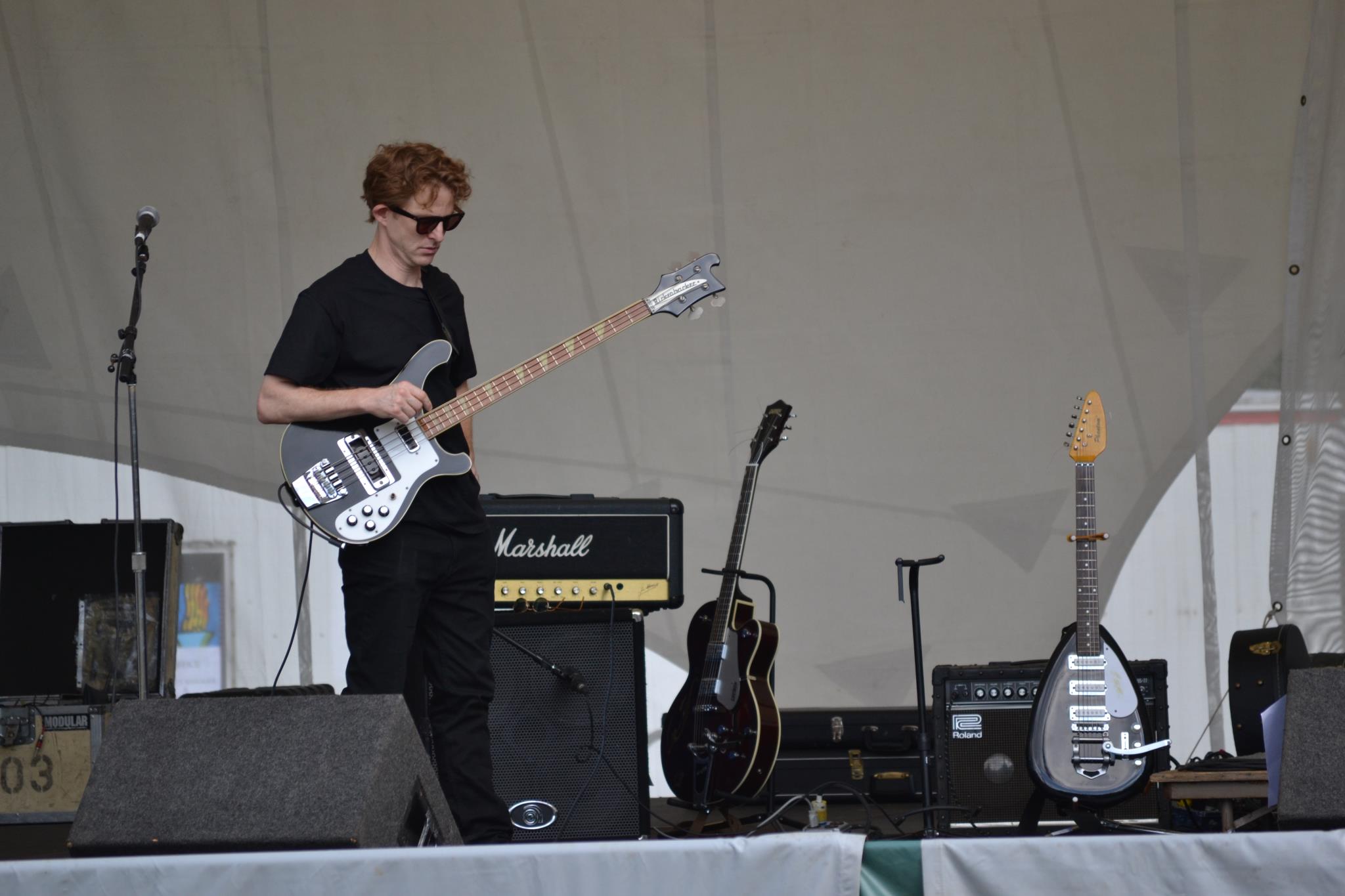let’s go crash – music video from the long afternoon’s ‘regression’ album
“let’s go crash” is the third video from The Long Afternoon’s fourth album, regression. As with many of the band’s videos, it draws heavily on found video and public domain resources available through archive.org. The text excerpts that appear over certain images are drawn from the writings of J. G. Ballard, whose work partially inspired the track as detailed below.
If nothing else, creating videos keeps these individuals off the streets and out of the library. The Long Afternoon has said it plans to create clips for the rest of the regression album.
…the hell is this supposed to be?
Let’s explore some of the inside info about the song, what it’s about, and how the band intend it to function. If your tolerance for overintellectualizing and/or pretentious ideas in rock music is minimal, you’d be well advised to just watch the video one more time, then take a pass on the rest of this post.
Tension exists between the fast, upbeat riff and the sentiments in the lyrics. The group has referred to the horrible prescience of J. G. Ballard’s urban disaster trilogy several times in its career, including elsewhere on the regression album, so it may not be surprising that the chorus originated with Ballard’s exploration of car crashes as a mechanism of connecting with others in the modern world. However, as the group continued to develop the song, the subject quickly changed from that into something else: icy, compulsive self-sabotage.
The first verse sets up a ideal condition, symbolized by a beautiful automobile, an unattainable goal somehow turned into reality (“Never thought this could be mine”). But, beset by a sense of guilt and shame, and feeling undeservedly rewarded, the narrator sees in the vehicle a tangible signifier of ongoing inadequacy: “Never felt so dry and empty / never going to re-emerge.” The narrator aims to demolish that symbol: “let’s go crash.”
In the second verse, the narrator goes darker, confessing to a kind of nihilistic disinterest in self-preservation: “Never tried to safeguard others / never tried to save myself…” However, the middle eight reveals another angle to the narrator’s self-destructive inclinations: in a sea of strange ephemera that seems repetitive and meaningless, the narrator finds that speed and risk create some engagement with the world: “pushing toes to floorboards, everything seems okay.” He even projects that onto the person in the passenger seat: “I thought I heard you say / ‘Let’s go.'”
Musically, “Let’s Go Crash” was built around a driving riff that evolved from playing “Paperback Writer” incorrectly. Instead of playing it correctly, the song’s writer extended the original error and even went so far as to throw in a grace note at the end of the riff to keep things a little weirder. The verse is pretty straightforward, aside from the place where the band drops to an out-of-left-field F chord before switching back to the main riff for the chorus. Structurally, the song comprises an intro, verse, chorus, and second verse. It then follows an envelope pattern, where the main riff is punctuated by calls of “Let’s go crash” three times, then by “let’s go” four times. Following the “middle eight,” that pattern reverses itself, and the song comes to an abrupt stop after four repetitions of the original riff.







